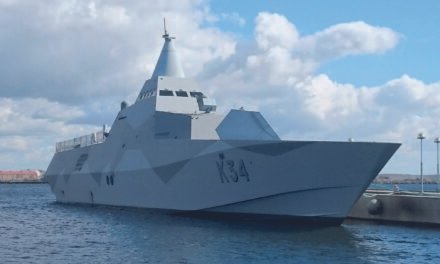Stealth aircraft use a combination of advanced technologies to evade radar detection, minimize their visibility, and enhance survivability. These technologies primarily focus on reducing the aircraft’s radar cross-section (RCS) and masking other forms of detection, such as infrared and acoustic signatures. Here are the key technologies:
1. Shaping and Design
- Radar Absorbing Geometry:
- Stealth aircraft have faceted or curved surfaces that scatter radar waves in directions away from the radar source, rather than reflecting them back.
- Examples include the flat, angular surfaces of the F-117 Nighthawk and the smooth, blended curves of the B-2 Spirit.
- Edge Alignment:
- Straight edges on stealth aircraft are aligned to a few specific angles to minimize radar reflection.
- Internal Weapon Bays:
- Weapons and stores are carried internally to avoid creating reflective surfaces and maintain aerodynamic smoothness.
2. Radar-Absorbing Materials (RAM)
- Absorptive Coatings:
- Specialized coatings and materials absorb radar energy instead of reflecting it. These include carbon-based composites, ferrite materials, and polyurethane paints doped with radar-absorptive substances.
- Multilayer RAM:
- Layers of RAM are designed to absorb radar waves across a wide frequency range.
- Metamaterials:
- Emerging materials with engineered structures manipulate electromagnetic waves, including radar, for enhanced stealth capabilities.
3. Active and Passive Radar Mitigation
- Active Cancellation:
- Some stealth aircraft can generate signals that are out of phase with incoming radar waves, effectively canceling out the radar return.
- Radar Jamming and Deception:
- Onboard electronic warfare systems jam enemy radar signals or provide false information about the aircraft’s position and velocity.
4. Infrared Signature Reduction
- Engine Exhaust Shielding:
- Stealth aircraft reduce heat emissions by mixing hot exhaust gases with cool air or shielding the exhaust nozzles.
- Low-Emissivity Coatings:
- Special coatings reduce the amount of infrared radiation emitted by the aircraft.
- Distributed Exhaust:
- Engine exhaust is dispersed across a larger area to lower the heat signature, as seen in the B-2 Spirit.
5. Acoustic Signature Reduction
- Engine Noise Dampening:
- Engines are designed to operate more quietly by reducing fan and exhaust noise.
- Aerodynamic Noise Reduction:
- The airframe is shaped to minimize turbulent airflow, reducing noise levels.
6. Visual Signature Management
- Low Observable Paint Schemes:
- Stealth aircraft are painted with matte, non-reflective coatings in colors that blend with the sky or ground.
- Minimized Contrails:
- Technologies are used to reduce or eliminate condensation trails by controlling engine exhaust temperature and humidity.
7. Low Probability of Intercept Radar (LPIR)
- Stealth-Compatible Radar Systems:
- Stealth aircraft use radar systems that emit low-power, narrow-beam signals that are harder to detect by enemy systems.
- Passive Sensors:
- These systems rely on detecting enemy emissions rather than emitting signals themselves, reducing the risk of detection.
8. Composite Materials
- Non-Metallic Structures:
- Stealth aircraft are built with composite materials that do not reflect radar waves as strongly as metals.
- Dielectric Materials:
- Used in specific parts of the aircraft to reduce radar returns by allowing radar waves to pass through.
9. Electronic Countermeasures
- Digital Radio Frequency Memory (DRFM):
- Captures and re-transmits enemy radar signals with modifications to confuse radar systems.
- Active Decoys:
- Aircraft deploy drones or devices that mimic their radar signature, drawing attention away from the real target.
10. Advances in Stealth Software
- Signature Management Systems:
- Software helps pilots manage the aircraft’s operational profile to minimize exposure to enemy detection systems.
- Flight Path Optimization:
- AI-driven systems calculate routes that avoid radar-dense areas or exploit terrain masking for stealth.
Examples of Stealth Aircraft
- F-117 Nighthawk:
- The first operational stealth aircraft, known for its faceted design.
- B-2 Spirit:
- A flying wing design with extensive RAM and minimal infrared signature.
- F-22 Raptor and F-35 Lightning II:
- Advanced fifth-generation fighters combining stealth, agility, and multi-role capabilities.













